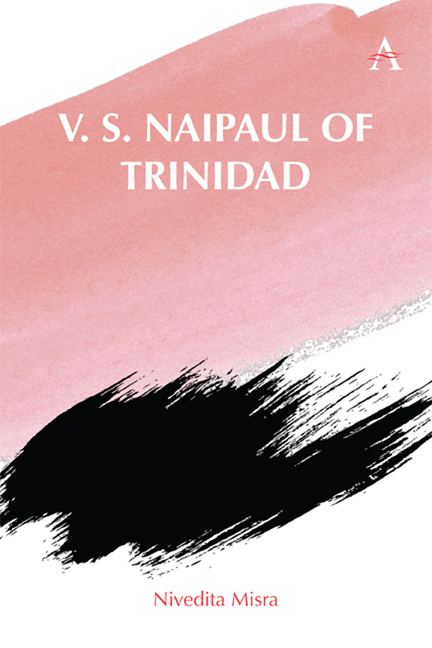Book contents
- Frontmatter
- Dedication
- Contents
- Foreword
- Introduction
- 1 Early Fiction of the 1950s: The Trinidad Years
- 2 The Interloper in Travel Writing
- 3 Mimicry and Experiments of the 1960s
- 4 Displacement Across Borders in the 1970s
- 5 The Imperial Vision of the 1980s
- 6 Redemptive Journeys in the 1990s
- 7 Composing again in the 2000s
- Conclusions
- Appendix A A Note on Trinidad
- Appendix B A Note on V. S. Naipaul’s Terminolog y and Use of Spellings
- Works Cited
- Index
1 - Early Fiction of the 1950s: The Trinidad Years
Published online by Cambridge University Press: 27 March 2024
- Frontmatter
- Dedication
- Contents
- Foreword
- Introduction
- 1 Early Fiction of the 1950s: The Trinidad Years
- 2 The Interloper in Travel Writing
- 3 Mimicry and Experiments of the 1960s
- 4 Displacement Across Borders in the 1970s
- 5 The Imperial Vision of the 1980s
- 6 Redemptive Journeys in the 1990s
- 7 Composing again in the 2000s
- Conclusions
- Appendix A A Note on Trinidad
- Appendix B A Note on V. S. Naipaul’s Terminolog y and Use of Spellings
- Works Cited
- Index
Summary
I think it was in ‘58 that I ceased to be destitute, really (Naipaul in conversation with Walcott 1965, p. 9).
V. S. Naipaul was the eldest son in a family of five daughters and two sons. Naipaul’s mother, Droapatie Naipaul was one of the nine daughters and two sons of Kapildeo Maharaj and Soogie Rosaline Capildeo. This large household was a well-established family settled in Chaguanas, in central Trinidad, in a house with an impressive facade, with its concrete balustrades, elephants and lions with a shop on the ground floor. It was originally called Anand Bhavan (House of Happiness), but due to the decorative lion heads, it came to be known locally as the Lion House. Droapatie had had a basic education and had been married informally but was not sent away with the man due to the emergence of some last-minute questionable details (Akal 2018, p. 26). Even though she was very young when she was married to Seepersad Naipaul, it was a late marriage according to the customs of the time. She did odd jobs in her family’s establishments and, after the death of her husband, became the breadwinner for her family.
Naipaul’s father, Seepersad Naipaul, was a second generation East Indian whose parents had not thrived in Trinidad. Seepersad’s grandmother had come as an indentured labourer, carrying her little son, who was a free Indian. Seepersad’s father died early, leaving behind two sons and a daughter. Seepersad’s mother married again and had another son from the second husband. At a certain time in the family, it was decided that they would all go back to India. However, Seepersad developed cold feet at the thought and hid in a toilet to avoid the journey back to India. The family stayed on in Trinidad. Since Seepersad’s father died early, the family was left at the mercy of richer relatives. His life, recapitulated in A House for Mr Biswas, typifies the tale of the common man working in a hostile environment. He did odd jobs, learnt English, painted signboards and finally got employed at the Trinidad Guardian newspaper. However, unlike Mohun Biswas, Seepersad began work as a freelance reporter on the Trinidad Guardian in 1929 before his marriage with Droapatie. Seepersad’s marriage had also been fixed early but his bride had run away on the day of the marriage (Akal 2018, p. 27).
- Type
- Chapter
- Information
- V. S. Naipaul of Trinidad , pp. 25 - 46Publisher: Anthem PressPrint publication year: 2024



